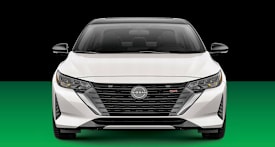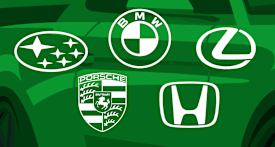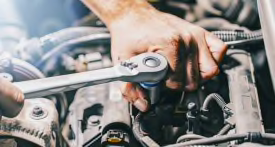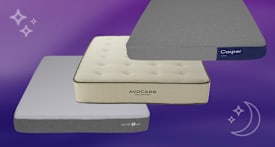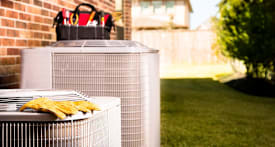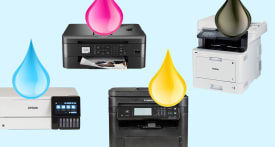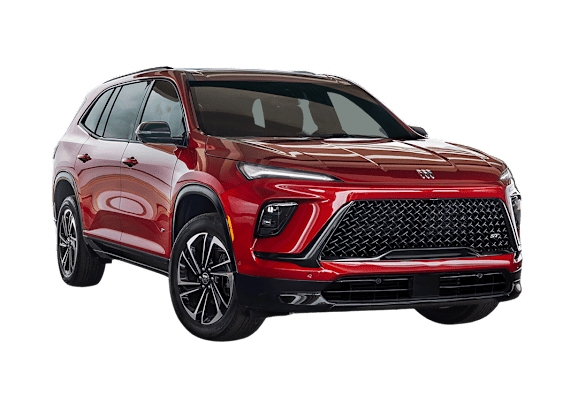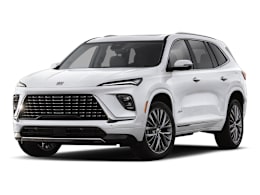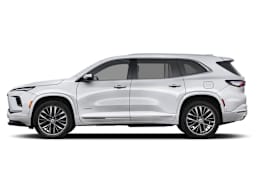It has a comfortable ride and a quiet, attractive interior. But for almost $60,000, the unrefined engine mars the driving experience.
The midsized, three-row Buick Enclave was redesigned for the 2025 model year, following on the heels of the updated Chevrolet Traverse and GMC Acadia, which use the same platform as the Enclave. (The related Cadillac XT6 hasn’t been redesigned.) General Motors positions the Buick above the Chevrolet and GMC because of its upscale touches but beneath the more luxurious Cadillac.
In addition to revamped styling and new features, the redesigned Buick lost its smooth V6 engine, which has been replaced with a 2.5-liter turbocharged four-cylinder. Inside, it sports a large 30-inch curved touchscreen display that spans half of the dashboard and houses both the driver’s instruments and the center infotainment system.
Like the other two redesigned GM three-row SUVs, the Enclave has squared-off styling, with a pronounced grille, tall windows, and broad fenders. Make no mistake about it: The Enclave wants to look like a bonafide SUV and not some minivan-SUV mashup, even if hauling people is its primary job.
The front-wheel-drive Enclave Preferred starts at $45,000, while the Sport Touring is $47,400 and the top Avenir trim is priced at $58,000. All-wheel-drive versions of each trim add $2,000 more. We bought an AWD Sport Touring to test, which came out to $58,385 with options and the destination charge.
All Enclaves come standard with seven-passenger seating that features second-row captain’s chairs and a 60/40-split three-person third-row bench seat. There’s no eight-passenger version, which the Traverse and Acadia offer.
